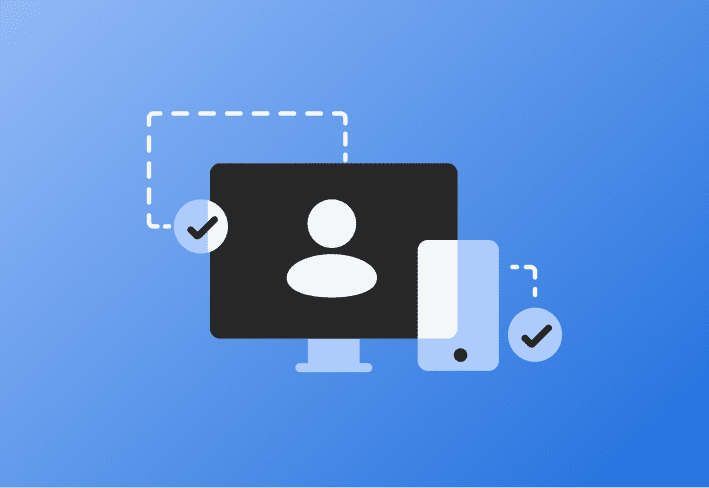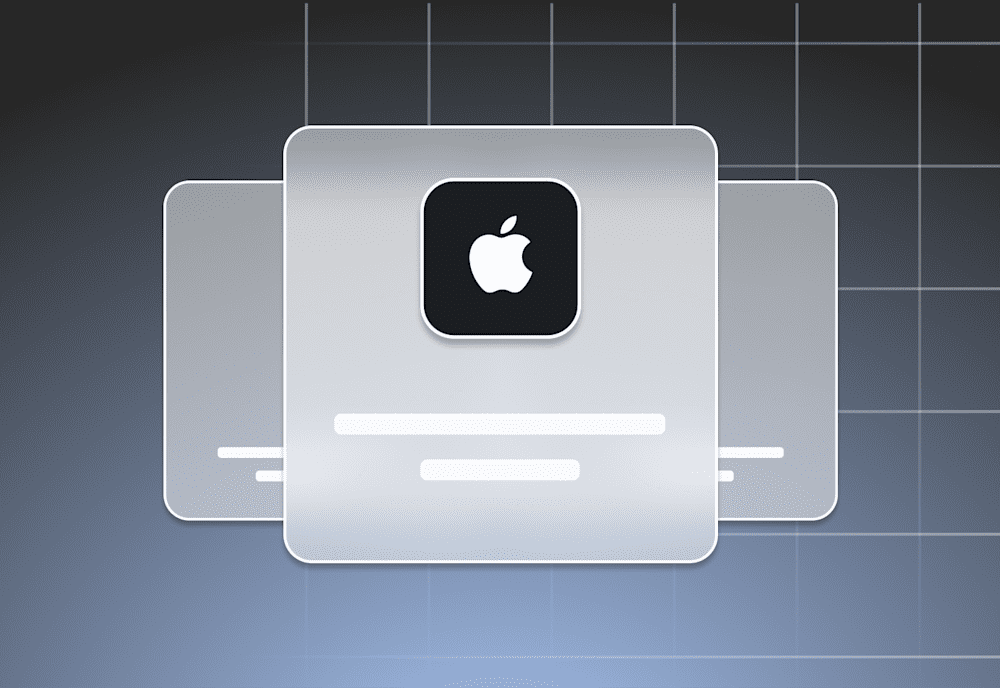While the advent of mobile technology made many aspects of business easier, it also presented new challenges — perhaps most importantly, securing devices. Two main approaches to enterprise mobility management (EMM) emerged: MDM and MAM. These methods focus on different aspects of mobile devices to improve efficiency while enhancing security. Either option can allow you to purchase and install applications from the Apple Store or Google Play, but they vary in several other regards.
Whether MDM or MAM is best for your organization depends on your unique needs and goals. However, a hybrid approach using both typically provides the greatest level of control. We’ll break down what you need to know to make the right decision for your company.
What is mobile device management?
Mobile device management (MDM) focuses on the managed devices themselves. Common functions include:
Enforcing device policies
Pushing applications to devices
Securing corporate emails and other documents
Segregating corporate data
Managing smartphones, laptops, tablets, and other mobile devices
Wiping or locking lost or stolen devices
The main benefit of MDM software is its power. It can provide comprehensive control over the entire device and therefore exceptional security. However, some users may push back due to privacy concerns, particularly if you want to install an MDM solution on a BYOD device.
MDM benefits | MDM drawbacks |
|---|---|
Remote management | Can seem intrusive |
Greater control and security | Employees may adopt shadow IT |
Easier compliance | |
Convenient MDM enrollment options | |
Effective application management | |
Cost effective and scalable |
Streamline your Apple device management
Try SimpleMDM free for 30 days to see how the ultimate Apple MDM helps you manage your fleet with ease.
What is mobile application management?
Mobile application management (MAM) targets corporate apps, such as Microsoft Teams. Common functions include:
Managing enterprise apps
Monitoring app usage
Securing apps
App wrapping
The main benefits of mobile app management are twofold. First, it allows more granular control on the application level. Additionally, users typically have fewer privacy concerns since MAM software lacks the broad control of MDMs. This may make it better suited to support a bring-your-own-device (BYOD) policy. However, mobile application management software only works with specific applications, limiting your ability to manage broader work-related content.
MAM benefits | MAM drawbacks |
|---|---|
Easy corporate app management | Often complicated |
Improved company app security | Limited control |
Minimally invasive user experience | Less comprehensive security |
What’s the difference between managing apps and managing devices?
Breadth and depth are the primary differences between managing devices and managing mobile apps. While managing devices provides broader control, managing apps allows you to delve more deeply into enterprise app management without affecting a user’s other applications.
Think of using an MDM solution as the equivalent of redecorating your office while an MAM is like reorganizing your desk drawers. While these two activities are related, they’re also distinct. Either or both options (or a combination of both) may be worthwhile depending on your needs and goals.
Because of their different focuses, MDM is often used for managing corporate-owned devices, while MAM is favored for managing corporate-owned software on personal devices.
MDM vs. MAM: A head-to-head comparison
We'll break down MDM and MAM on common factors to help you visualize how they stack up.
MDM | MAM | |
|---|---|---|
Common use case | Corporate or personal device | Personal device |
Level of possible control | Entire device | Apps |
Device compliance | Allows security policy enforcement | Only enforceable through managed app settings |
Security options | Full device security | Work app security, corporate data security |
What other forms of mobile management exist?
Multiple approaches all fall under the EMM solution banner, making matters more confusing. In addition to MDM and MAM, other strategies also exist.
Mobile content management (MCM): This content-focused strategy allows businesses to share corporate data, set access controls, and more.
Mobile information management (MIM): Regardless of the managed device, MIM focuses on encrypting sensitive information and only granting access to approved apps.
Mobile security management (MSM): MSM focuses on mobile app, device, and data security. This can include blocking access to certain websites, configuring authentication policies, managing permissions, and more.
Mobile expense management (MEM): MEM allows you to track data usage and mobile expenses.
Unified endpoint management (UEM): UEM solutions cover all endpoints, including desktops, laptops, smartphones, tablets, wearables, and IoT devices.
How do you decide which type of management is best for your business?
Depending on your objectives, an MDM tool, an MAM solution, or a combination of both may be ideal for your business. We’ll walk you through how to decide.
Consider your goals
Mobile device management and mobile application management solutions accomplish very different objectives. An MDM is ideal for complete control over a corporate device. However, MAM is often popular for BYOD management if you only need control over company data and software assets on an employee's personal device.
Assess your budget
Your business may benefit from both MDM and MAM solutions, particularly if you manage a combination of corporate-owned and BYOD devices. However, this may not be in your budget. Knowing how much you can afford can help you prioritize which solutions are most critical for your company.
Weigh feedback from users
In some cases, users may push back against solutions they feel infringe on their privacy. This is more likely if you hope to use an MDM solution for employee-owned devices, which can come across as an overstep. Some users may also be apprehensive about handing the IT team the power to wipe their phones of all data, including personal data.
That said, MDM solutions do not typically allow the IT team to read messages, view photos, or engage in other prying activities that users fear. Being open about the pros and cons of your proposed solution can help you judge reactions before you commit.
If you’re not sure whether an MDM or an MAM solution is right for your company, seeing one in action might help. Try a free 30-day trial of SimpleMDM, and keep reading related posts in the SimpleMDM blog to learn more.


